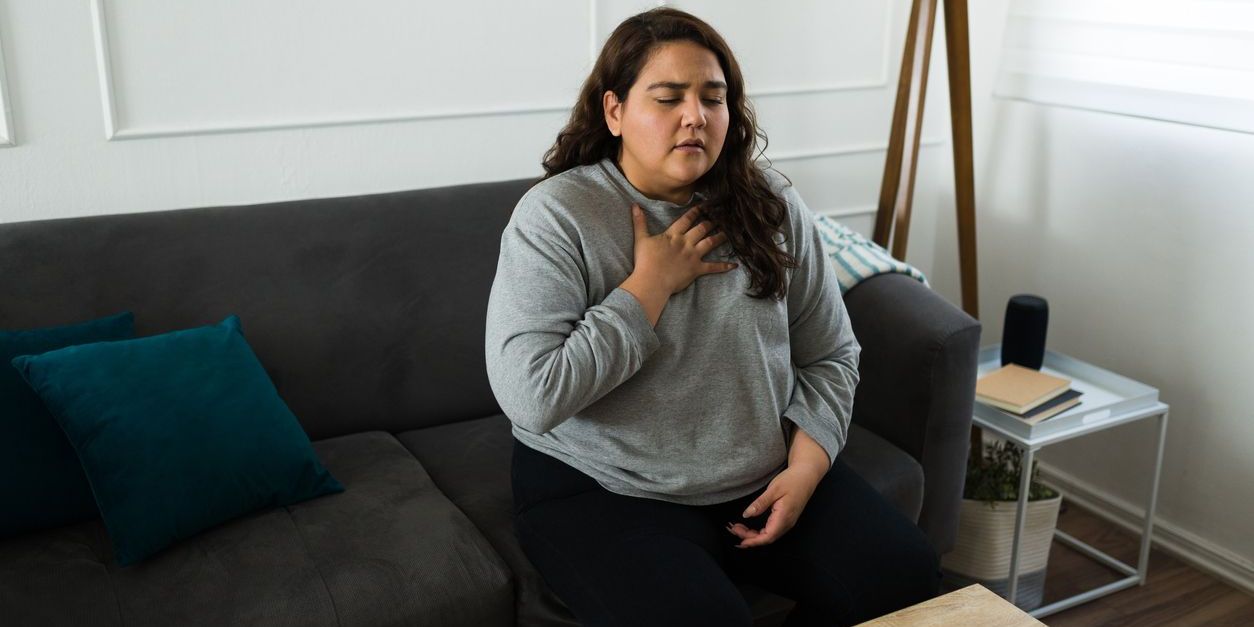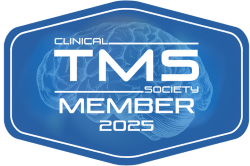
By Claire E. Oliver, MSN, APRN, PMHNP-BC, Psychiatric Nurse Practitioner, Relief Mental Health, Chicago West Loop
Most of us know about anxiety, and most of us know about one of the most common symptoms of anxiety – a panic attack – even if we’ve never had one. When we hear the phrase, we think of someone in an unpleasant mental state. We picture someone whose anxiety has escalated from typical worry and fear to something more extreme: a debilitating breakdown.
Psychologically, we think of racing, irrational, and disoriented thoughts, confusion, and an inability to make logical decisions or practical choices. Physically, we think of sweaty palms, nausea/pain in the pit of the stomach, shaky hands, and a racing heart. Most of us also know that in some cases, people in the midst of a panic attack also experience shortness of breath.
With an elevated awareness of mental health conditions as a result of the COVID-19 pandemic, the opioid crisis, and increasing rates of suicide among adolescents and young adults, many people want to know how they can identify the signs and symptoms of mental health diagnoses like anxiety or depression.
And with regards to anxiety – especially during times of stress and challenge – they want to understand the difference between experiencing typical anxiety and a full-fledged anxiety or panic attack associated with an anxiety diagnosis such as generalized anxiety disorder (GAD), social anxiety disorder (SAD), or panic disorder (PD).
The Purpose of Anxiety
It is important to note that anxiety is an essential and appropriate response to a stressor. Anxiety is our internal alarm. That being said – if that stressor is reduced and/or eliminated, and the alarm continues to ring – anxiety becomes problematic. Sometimes it can be difficult to separate an anxiety response from a physical issue. For instance, shortness of breath is a symptom of anxiety, but it’s also a symptom of various physical illnesses, both minor and major.
Why Does Anxiety Affect My Breathing?
When we experience a stressor that may present a danger or threat to our safety, our brain receives the threat via our emotional processing center, called the amygdala. The message then proceeds to the command center of our brain, the hypothalamus, which relays the message to our body through our nervous system.
Our nervous system is divided into the sympathetic nervous system (SNS) and parasympathetic nervous system (PNS). The SNS takes the alarm message from the amygdala, prepares the body for the perceived threat, and manages our fight or flight response. The PNS kicks in when the threat is removed and calms our body down. When experiencing anxiety – and the SNS is activated – our adrenal glands pump out hormones to protect us; adrenaline (via epinephrine) sends the message to important organs, including our lungs. The lungs work harder to send enough oxygen to our brain to stay alert and our body to react quickly. This causes us to breathe more rapidly.
If I’m Anxious and Short of Breath, What Do I Do?
Due to the quick onset of an anxiety response from our bodies as a result of our automatic nervous system response, it can be difficult to stop anxiety or a panic attack in its tracks. Once the adrenaline is flowing, we can’t take it back, but we can manage the effects.
First, though, it’s important to understand that the best way to relieve shortness of breath triggered by anxiety in a panic attack is to identify the trigger itself. When we train ourselves to recognize the trigger is not a real threat, we eliminate the automatic threat response.
However, our nervous system is often so quick that our brain may not be able to process the event before it sends alarm signals to the rest of our body. We’re wired to respond to a perceived threat physically before we can process the threat mentally: in some cases, this is a survival advantage.
But when the trigger is not a real threat, then we need to play emotional catch-up. The best way to stop the physical symptoms is to cut off the SNS signals and turn on the PNS signals. When we activate our PNS, we switch from panic mode to recovery mode.
The main player in our PNS is the vagus nerve. When we stimulate our vagus nerve, we can flip the on-switch for the PNS. Quick ways to self-stimulate the vagus nerve during a panic attack include:
1. Diaphragm breathing, or belly-breathing:
Take deep breaths in through the nose and and allow the belly to expand on the inhale, and contract on the exhale.
2. Humming, singing, or gargling:
Since it passes through your throat, vibrations caused by humming, singing or gargling can activate the vagus nerve, thereby activating your PNS.
The best ways to prevent anxiety responses before they begin include coping skills and/or habits such as:
- Mindfulness
- Meditation
- Exercise
- Getting adequate sleep
How Do I Know Whether Shortness of Breath is Anxiety or Something Else?
An anxiety attack is typically initiated by a distinct trigger, and increases in intensity over time. A panic attack is abrupt and can be brought on by either a calm or an anxious state. During a panic attack/episode, symptoms include:
- Feelings of shortness of breath
- Feelings of choking
- Chest pain
- Racing pulse
- Palpitations
- Nausea
- Dizziness
- Numbness
- Tingling
- A sense of impending doom
- Fear of dying
Unfortunately, heart attacks share similar symptomology, and it’s common to confuse the two.
Here’s how to tell the difference:
When experiencing a panic attack, the symptoms can last minutes to an hour, but they do subside and resolve. During a heart attack, on the other hand, symptoms may reduce or subside, and pain levels may change, but the symptoms do not resolve, which means medical attention is required.
If you’ve never experienced a panic attack, the symptoms may very well appear and feel exactly like a heart attack. If you experience the symptoms of a panic/anxiety attack and they include chest pain you’ve never felt and are unsure of the source, it’s better to be safe—seek medical attention immediately.
Getting Help For Anxiety
If you struggle with anxiety or are interested in learning about how to manage your anxiety symptoms, please talk to your health care provider. You can also schedule a consultation with a member of our team at Relief Mental Health. We utilize a variety of traditional and innovative approaches to address anxiety in our patients and would be happy to help you find relief.
References:
American Psychiatric Association. (2022). Diagnostic and statistical manual of mental disorders (5th ed., text rev.). https://doi.org/10.1176/appi.books.9780890425787
Gilmerm. (2021, August 20). Difference between panic and heart attacks. Cleveland Clinic. Retrieved December 1, 2022, from https://health.clevelandclinic.org/the-difference-between-panic-attacks-and-heart-attacks/
Understanding the stress response. Harvard Health. (2020, July 6). Retrieved December 1, 2022, from https://www.health.harvard.edu/staying-healthy/understanding-the-stress-response

